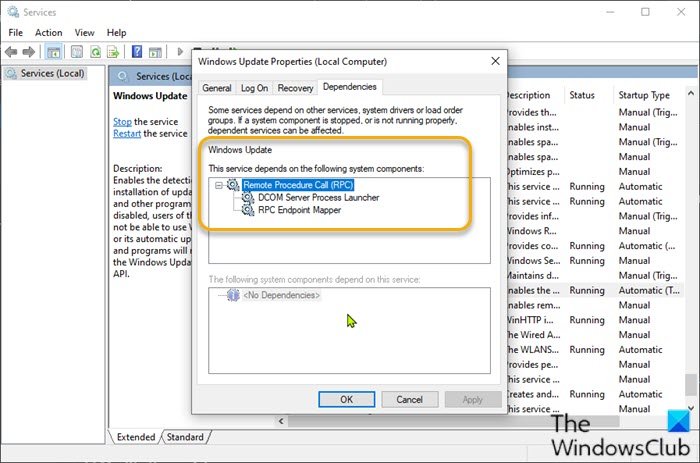

- #Windows critical updates keep my computer from booting how to
- #Windows critical updates keep my computer from booting driver
- #Windows critical updates keep my computer from booting Offline
Usually, you can fix this by updating the driver to the latest version.
#Windows critical updates keep my computer from booting how to
How to update network adapter driver using Device ManagerĪn older version of the network driver can sometimes cause compatibility issues with a Windows 10 update. Also, you will have to reconfigure other networking software, such as VPN clients, as necessary. The process of resetting the networking settings means that you will need to re-enter the security key again.

Type the following command to test the connectivity and press Enter: ping.Search for Command Prompt and click the top result to open the console.To test the network connection with the ping command, use these steps: However, you can also use the ping command tool to check the connection. Opening the web browser and loading a website can confirm whether the internet is working. Once you complete the steps, allow three to five minutes for the router to start and check the connection. To restart the home router, use these steps: If the computer does not seem to be the problem, you can also restart the router, which can sometimes fix many common connectivity problems. It is also possible to manage a Wi-Fi network with the netsh command-line tool, and in this guide, you can learn more about the process. (Optional) Click the Yes button if you want to make the device discoverable in the network.Īfter you complete the steps, use the web browser to confirm the internet is working again.It is also the best known method for removing a rogue Windows 10 update. That’s a fairly complex operation that’s documented in Option 6 of Shawn Brink’s excellent TenForums tutorial Uninstall Windows Update in Windows 10.

#Windows critical updates keep my computer from booting Offline
If that doesn’t work, you can boot from the Windows Recovery environment and use the DISM command to uninstall an offline image at the command line. If you need to uninstall one, right click it and select "uninstall." To see what updates you've installed recently, go to the old Windows control panel, launch Programs and Features and click “View installed updates,” which shows you a list of all updates in order of install. Third-party sources are also sometimes of interest, because they may document fixes or workarounds that Microsoft has not yet vetted and published. It includes a section heading that reads “Known issues in this update” where you’ll find information about known issues and potential or actual resolutions or workarounds. Thus, for example, you could use Google to find useful information for KB5003173 with the string: “site: KB5003173” where this Microsoft Support note (opens in new tab) is your primary focus for follow-up. To that end, please check the update’s Knowledge Base number and read what you can find from Microsoft about that string. If you can identify the update involved – there will usually be helpful notes in the update release notes from Microsoft. Rogue update: this is a term that describes a (usually recent) Windows update such as a Cumulative Update, a security update, or some other update, that causes unwanted side effects on some PCs.


 0 kommentar(er)
0 kommentar(er)
